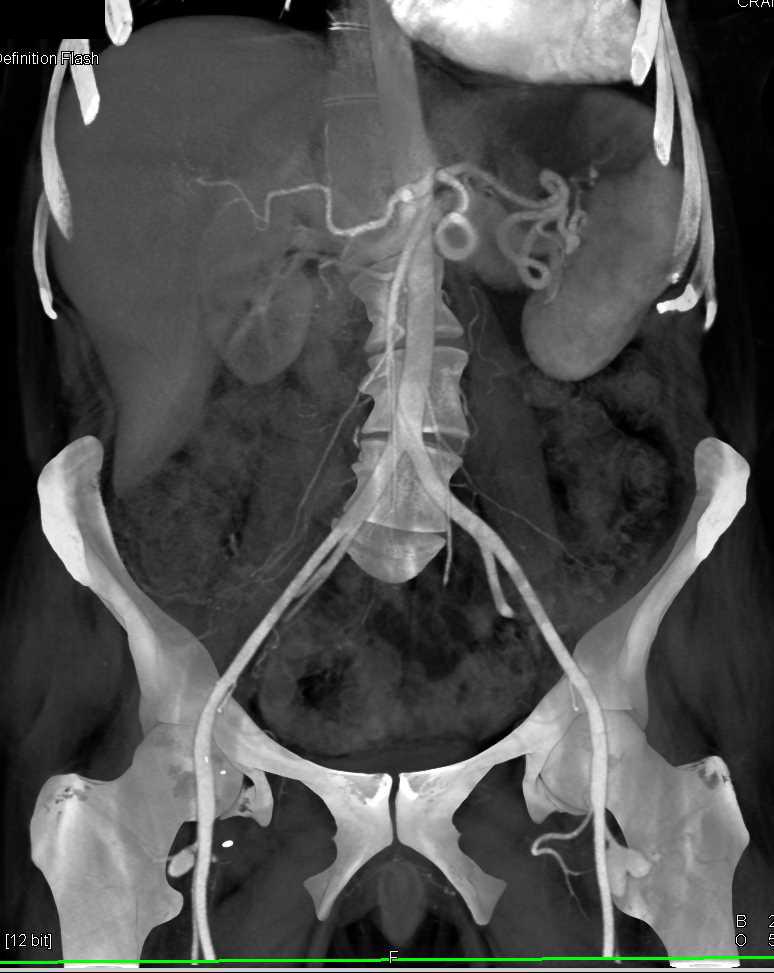

It is performed to bypass the blocked portion of the main artery in the leg using a piece of another blood vessel.Īt Lam Vascular & Associates, located in Dallas and Rockwall, our goal with every patient is to alleviate pain. Femoral bypass surgery (also called Fem-Pop) is also a procedure specific to femoral artery disease. Both are proven to be successful options to help remove plaque from blood vessels and restore blood flow through the arteries. Lam may recommend peripheral artery bypass surgery or, more commonly, one of these minimally-invasive vascular procedures: angioplasty and stenting or laser atherectomy. Make an initial appointment/screening with Lam Vascular & Associates.

If you have leg pain, numbness or other symptoms, don’t dismiss them as a normal part of aging. Walking short distances (10 minutes daily and gradually aiming for 30+ minutes several times a week after your doctor’s OK).Developing a light physical therapy plan.Taking suggested supplements, vitamins and eating foods rich in both, such as ALA (alpha-lipoic-acid) vitamins B1, B5, B6, B12 and vitamin D.Developing a healthy eating and activity plan.Screening tests for blood pressure and cholesterol.Controlling blood sugar if you have diabetes.You can discuss PAD management and maintenance of a healthy lifestyle with your specialist at Lam Vascular & Associates. Hair loss or slow hair growth on feet and legsĪccording to Lam Vascular & Associates, risk factors of PAD include diabetes high blood pressure high cholesterol obesity smoking family genetics lack of exercise and increasing age, starting after 50 and especially over age 65.
EPHEMERAL ARTERY SKIN

But, it should not be ignored and you should call your doctor at Lam Vascular & Associates, a Texas specialist in all things vascular. While many people with PAD have mild or no symptoms (because it is a sneaky disease), some people have leg pain when walking. Red flag: It is disheartening to hear the term “blood clot” in reference to your vascular health. Serious blood clots can form when plaque breaks off and enters the bloodstream. PAD progression happens when blood flow in the arteries becomes completely blocked. It is a chronic disease in which plaque builds up due to atherosclerosis, making it difficult for blood to circulate through the arteries. PAD is a narrowing of the arteries most commonly found in the lower regions-specifically muscles in the legs, calves, thighs, hips or buttocks. From here on, we will use the broader term peripheral artery disease, or PAD, to describe the collective diseases that disrupt the circulatory system. It is due to narrowing one or more of the blood vessels (arteries) in the leg. When compromised, the condition is called intermittent claudication. When you walk, your calf muscles need extra blood and oxygen supply. It passes through the deep tissues of the thigh region of the leg parallel to the femur. The femoral artery is the main artery that provides blood to the tissues of the leg. There appears to be some confusion when discussing femoral artery disease (FAD) and peripheral artery disease (PAD).


 0 kommentar(er)
0 kommentar(er)
